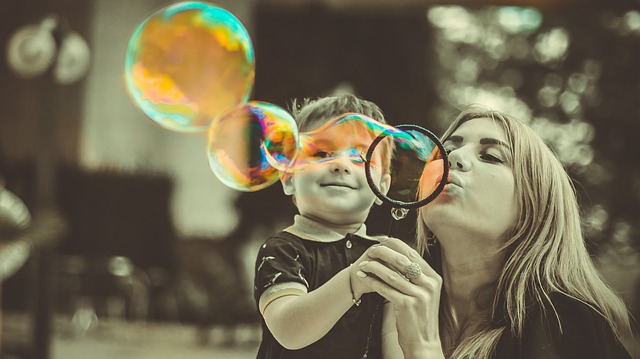Mindfulness & Meditation: Are You Really Present?
You might hear some people say that mindfulness is the state of being present, and that can be confusing. Of course you’re present, you’re in the room right? Most people fail to define that being present is significantly different from just being in the room. The definition of mindfulness is so much more.
For the clearest explanation, think of mindfulness as moments when you’re enjoying what you’re doing so much that you’re not concerned with anything else. The goal of mindfulness is typically to expand that state into your normal waking condition.
If you think about it, when was the last time you were truly mindful? When were you so focused on what you were doing that there was no room for anything else? Chances are, you probably remember some of those moments vividly, because people naturally step into that state of not worrying or overthinking when they’re happy.
The definition of mindfulness…
“Mindfulness is the systematic process of cultivating attention and awareness in your current environment, without judgment, regulating your attention and energy and therefore influencing the quality of your experiences and interactions. When you are fully aware of what you are doing, how you are doing it, and what there is to enjoy in it, your experience becomes that much more rich and productive.”
This is where Meditation comes in. Most people think meditation is about pausing all mental activity. Instead, it’s about ceasing to pay attention to it. Thoughts will come up in your mind, and stopping them should not be a priority. Meditation is used to teach present awareness and the non-judgmental attitude required for mindfulness. There are varying forms of Meditation available, there are guided meditation classes both in-person or via an app that you can download. Or you can choose to meditate on your own. Either way, it’s about learning to be in the present moment and expanding that awareness. Meditation should be practiced daily to reap the benefits of mindfulness, but here is a quick exercise to get you started…
Getting Started: A Quick Exercise
The best way to get started with mindfulness is to stop what you are doing, sit down or lay down in a room with no sounds or people to disturb you, and stay there. You can turn on music if you want, but try to ensure that it is quiet and that there are no lyrics to distract you. You also want to ensure that you are comfortable. Use your phone or another device and set a timer with an alarm for 10 minutes. This will ensure that you are not interrupted from your meditation thinking that your time is up. Turn on ‘Do Not Disturb’ or ‘Airplane Mode’ to ensure that you will not receive phone calls or texts during this time.
Activity :
Sit or lie down and focus on slowing your breath. Inhale for 3 seconds, exhale for 3 seconds, and repeat, after a few repetitions, slow your breath to 4 seconds, pausing for 1 second in between each breath. Focusing on long, slow, even breaths. You can decrease it to two depending on how comfortable you are. You have no agenda but to sit and breathe, while remaining still and paying attention to your body and its rhythms. When your thoughts begin to wander, simply focus on the breath. Do not reprimand yourself, simply consciously shift the attention back to your inhalation and exhalation. If you feel like continuing after your timer goes off, you may.
For most of us, this short experiment is one that we have never done before. And, it can be surprising for many that the process of intentionally stopping all activity and focusing on your body can create emotion, relaxation, and even enjoyment.



